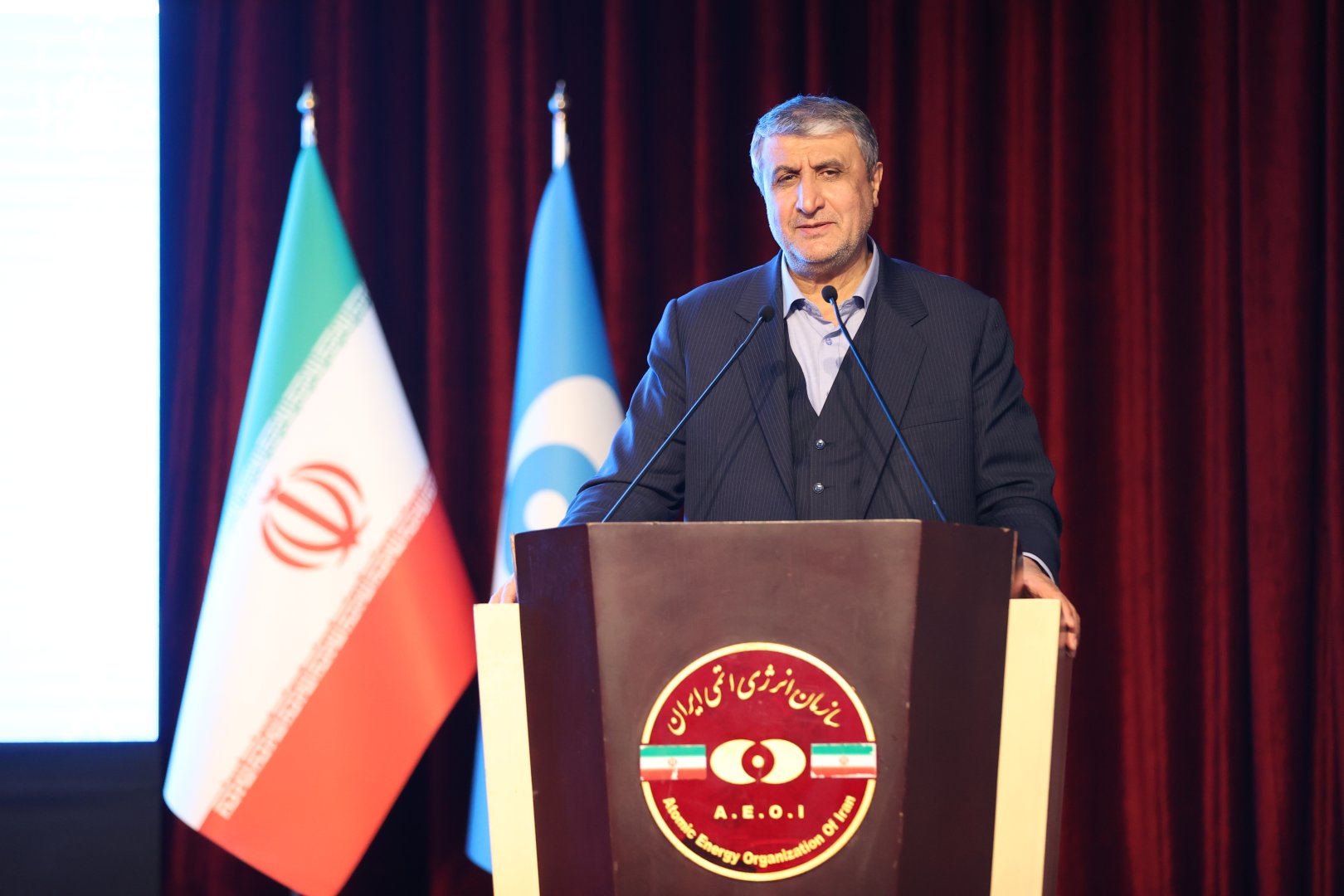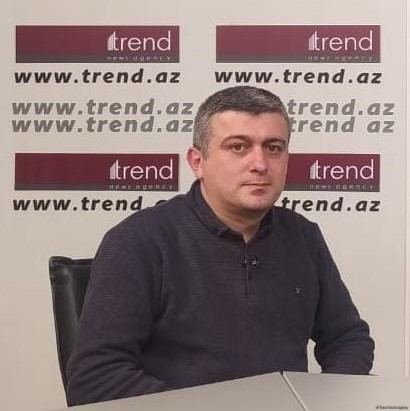BAKU, Azerbaijan, November 27. Iran's nuclear program is fully transparent and under the control of the International Atomic Energy Agency, Iran's Vice President and Chairman of the Atomic Energy Organization Mohammad Eslami told reporters following a ministerial meeting in Tehran, Trend reports.
He asserted that Iran's nuclear initiative is strategically aligned and progressing with complete transparency, yielding beneficial outcomes for the populace.
Eslami emphasized that Iran is steadfastly advancing its initiatives within the exclusive paradigm of the nuclear non-proliferation agreement (NPT).
“Iran has had no activities outside the framework, no nuclear facilities. The issue of Iran's undeclared nuclear facilities, put forward in the resolution against Iran adopted at the board of directors of the International Atomic Energy Agency, has been debated for more than 20 years. It was discussed for many years, and eventually the Comprehensive Joint Action Plan was adopted. However, Western nations are trying to put pressure on Iran by raising this issue again,” he noted.
To note, the International Atomic Energy Agency adopted a resolution on November 21 with 19 votes in favor, 12 abstentions, and 3 against Iran. The resolution urged Tehran to cooperate with the International Atomic Energy Agency on a number of issues and also called for a credible document on uranium residues at two undeclared sites on Iranian territory.
Meanwhile, in January 2016, Iran and the P5+1 group (the US, Russia, China, the UK, France, and Germany) implemented the Comprehensive Joint Plan of Action concerning Iran’s nuclear program.
However, in May 2018, the US announced its withdrawal from the deal and reimposed sanctions on Iran.
Two years later, Iran responded to the sanctions by implementing a strategic plan for the nuclear sector to counter them. The Iranian parliament made this decision at the end of 2020, leading to the suspension of additional measures and the Additional Protocol in accordance with the nuclear agreement.
Consequently, the International Atomic Energy Agency (IAEA) faced a reduction in monitoring capabilities by 20–30 percent.
Stay up-to-date with more news on Trend News Agency's WhatsApp channel







